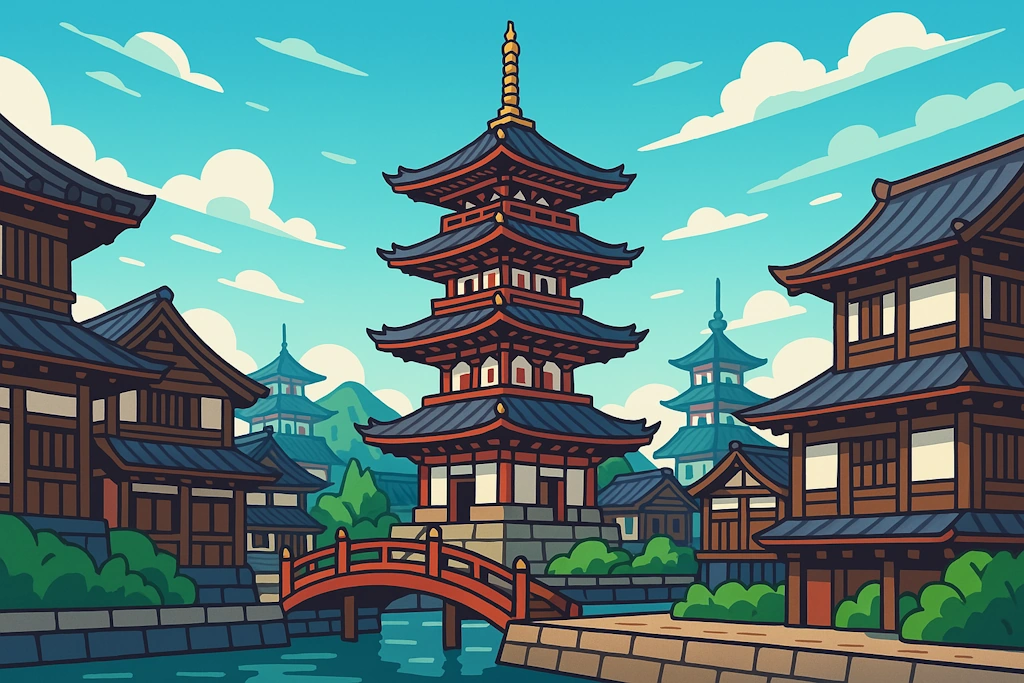🏯Japanese Cities(Existing)
Generate Japanese city names combining traditional geographic elements with cultural and historical significance.
Choose your style:

Japanese Cities
Generate Japanese city names combining traditional geographic elements with cultural and historical significance.
Featured Collection
Want more japanese content?
Generate 3 more themed items together in one click
Example Japanese Cities
Get inspired by these sample results
- Tokyo
- Kyoto
- Osaka
- Nagoya
- Sapporo
- Fukuoka
- Kawasaki
- Kobe
- Yokohama
- Hiroshima

